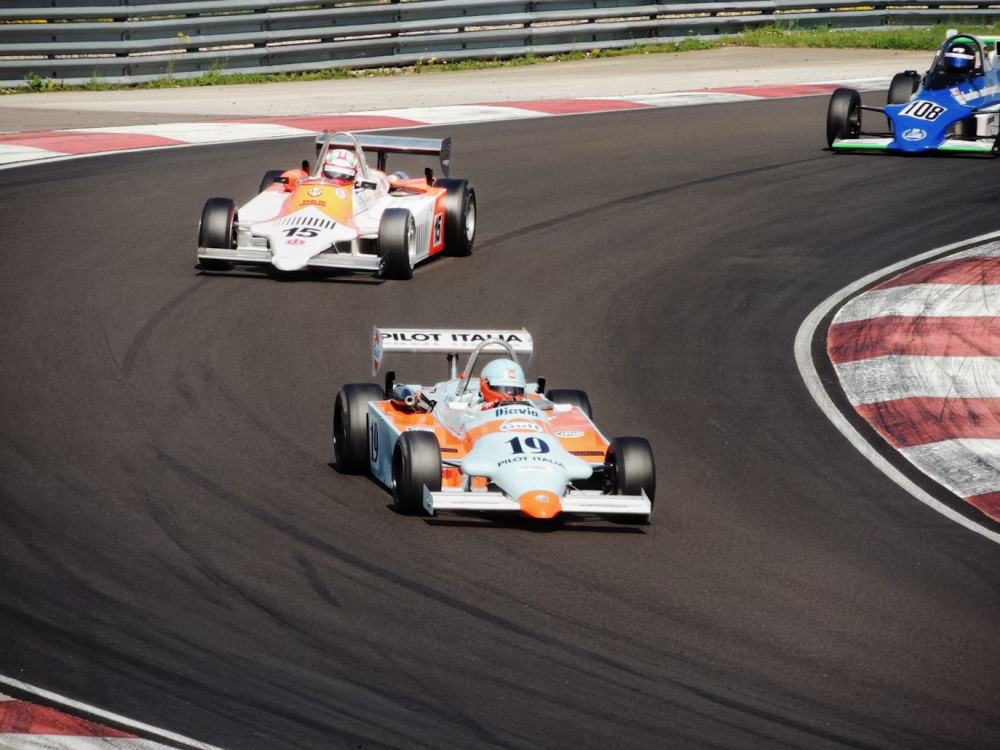F1 racing is booming in popularity worldwide and in the past four years alone, fan interest has climbed so much. It raises a simple question: Why is this quintessential European motorsport now gaining fans in countries like the United States and Saudi Arabia?
It’s a story with a few different pieces. Let’s try unpacking them.
A New Generation of Fans
In 2019, the Formula 1 documentary series, dubbed Drive to Survive, premiered on Netflix. This series takes a close look into the lives of the F1 drivers, both off and on the track. When it first aired, it was not that popular. In the midst of the COVID-19 pandemic, however, millions of viewers tuned in and became exposed to F1 for the first time. It introduced audiences worldwide to the fierce rivalries that exist between F1 teams and drivers. Many decided to give the sport a chance.
Today, F1 is a hit among young people around the globe. The average age of F1 fans is 32–younger than the average NBA and NFL fan. This influx of new fans is creating an interesting dynamic within the F1 fanbase. On one side, you have the purists. Most in this group have followed the sport for years and love F1 because it is the pinnacle of motorsports worldwide.
You also have the new fans, who feed off the drama that inevitably arises when drivers face the pressure of needing to win if they hope to remain among the 20 who can compete in F1 events. While there has been some pushback by long-time fans against these newcomers, both segments of the F1 fan base can agree on this: The popularity of the sport is global.
An Expanding Global Footprint
Before 2019, most F1 Grand Prix events took place in Europe and Asia, with tracks in cities such as Zandvoort in the Netherlands and Montmeló in Spain. Times are quickly changing.
Since the premiere of Formula 1: Drive to Survive, there have been two new grand prix events that have been created in North America. These include the Miami Grand Prix, which began in 2022, and the Las Vegas Grand Prix, which began in 2023. The US wasn’t the only country to get new events; the sport’s growing popularity in the Middle East has fueled the launch of races there, as well, including the Qatar and Saudi Arabian Grand Prix events in 2021.
But new race locations are only one sign of the sport’s surge in popularity. A second, and perhaps more telling, sign of the sport’s strength is the new revenue it is bringing in. Brand partnerships with F1 teams have grown from an average of $2.87 million in 2019 to $5.08 million today. These deals include not only licensing for F1 accessories but also sponsorships from major companies like Dropbox and Workday.
Few sports have been able to capture so much attention so quickly. So, what makes the sport of F1 so captivating? Spend just a few hours watching F1 and the answer will become clear: It’s the rivalries.
Familiarity Breeds Contempt
Fans love rivalries. Whether it’s the Red Sox and Yankees in Major League Baseball or Manchester United and Manchester City in the Premier League, rivalry matches produce an energy among the players and fans that simply isn’t there for most other games over the course of a season.
F1 is full of rivalries between drivers. And this shouldn’t come as a surprise. Only 20 drivers compete in F1 at any one time. For 24 weekends in March through December, these drivers race against one another. Friends can quickly turn into enemies.
Look no further than the rivalry between Lewis Hamilton of England and Max Verstappen of the Netherlands.
Hamilton vs. Verstappen
One of the most heated rivalries in all of F1 is the rivalry between Lewis Hamilton and Max Verstappen. This rivalry came to a head in 2021 as the drivers were locked into heated battles for the championship. The drivers were involved in various collisions throughout the season.
One of the accidents, during the British Grand Prix, even resulted in the hospitalization of Verstappen. In the end, Verstappen was crowned the champion of the 2021 season.
Many F1 fans have taken sides in the rivalry. Some prefer Hamilton’s cold and calculated style of driving. Others flock to Verstappen because of his aggressiveness. Their contrasting styles of racing have made F1 races must-see TV every week for the past several years.
Balancing the Old With the New
So, what does the future of F1 look like? While it is bright, the future of the sport depends on how well it can capture the attention of newcomers and still provide the pure racing experience long-time fans love so much.
Social media also plays an important role. It gives fans more insight into the sport they love so much. It’s continuing to cultivate fan loyalty while allowing others to discover the sport organically.
Become a Part of a Global Phenomenon
If you’re still unconvinced, find out for yourself by catching the next race. You’ll soon understand what all of the hype is about.
